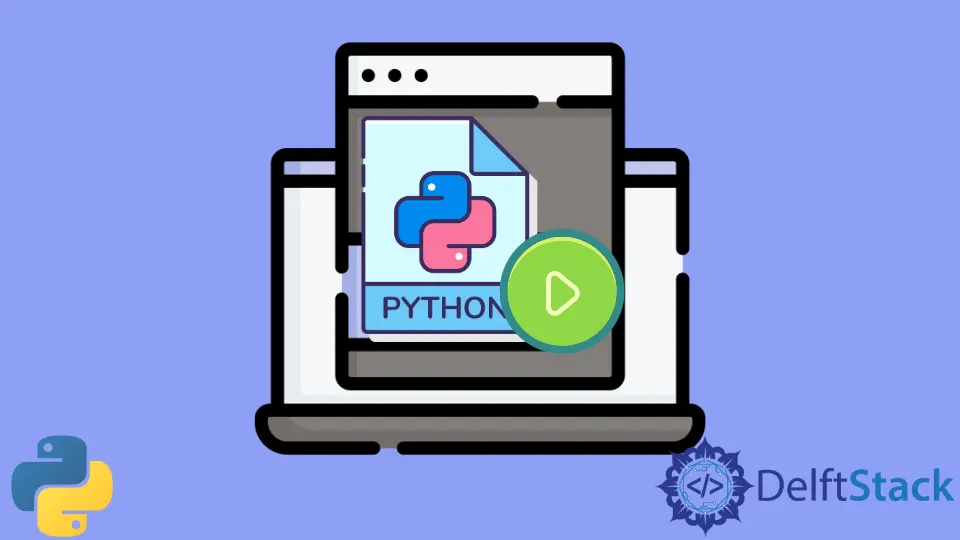从 Python Shell 运行 Python 文件
Hemank Mehtani
2023年1月30日

Python 是一种解释器语言,这意味着它逐行执行代码。它还提供了一个 Python Shell,它执行单个 Python 命令然后显示结果。
它也被普遍称为 R(read) E(evaluate)) P(print) L(loop) - REPL,它读取命令,然后评估命令并最终打印结果,然后将其循环回到开始再次读取命令。
使用 exec 函数从 Python Shell 运行 Python 文件
exec() 函数有助于动态执行 python 程序的代码。我们可以将代码作为字符串或对象代码传递。
它会按原样执行目标代码,同时检查字符串是否存在语法错误(如果有)。如果没有语法错误,则解析的字符串作为 Python 语句执行。
例如在 Python3 中,
exec(open("C:\\any_file_name.py").read())
例如在 Python2 中,
execfile('C:\\any_file_name.py')
使用 $ python 关键字从 Python Shell 执行 Python 文件
$ python 可以在命令提示符中使用以触发它运行 Python 文件。但是,要让 $ python 无缝运行,项目程序应该遵循以下结构:
# Suppose this is the file you want to run from Python Shell
def main():
"""core of the program"""
print("main fn running")
if __name__ == "__main__":
main()
按照这个结构,我们可以在命令提示符中使用 $ python,如下所示:
$ python any_file_name.py
如果要运行 main 函数,请使用以下命令:
import _any_file_name
_any_file_name.main() #this command calls the main function of your program.